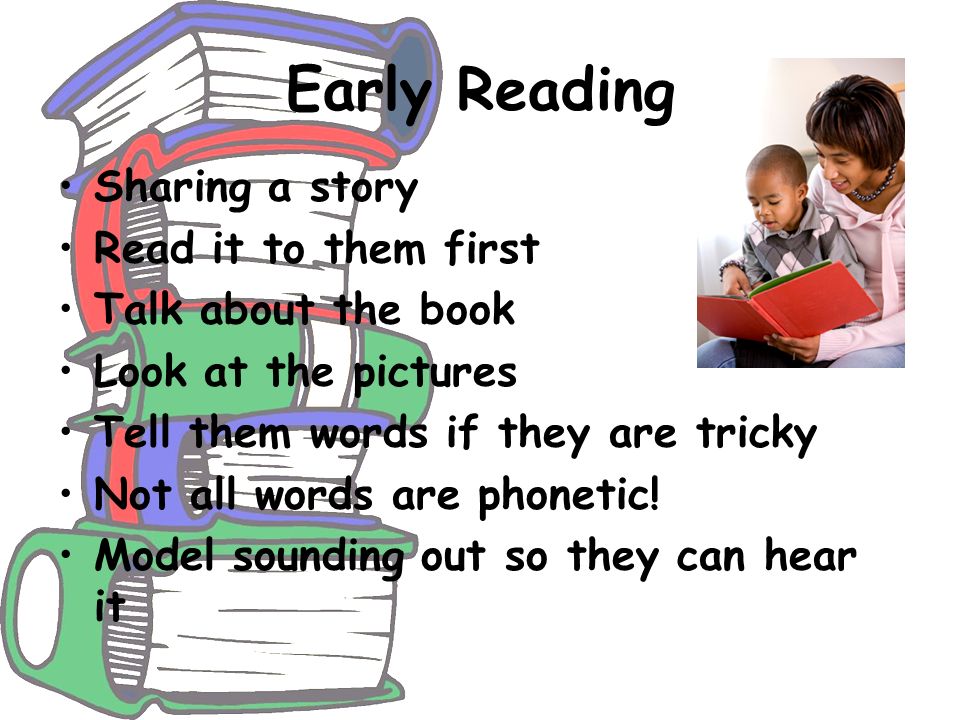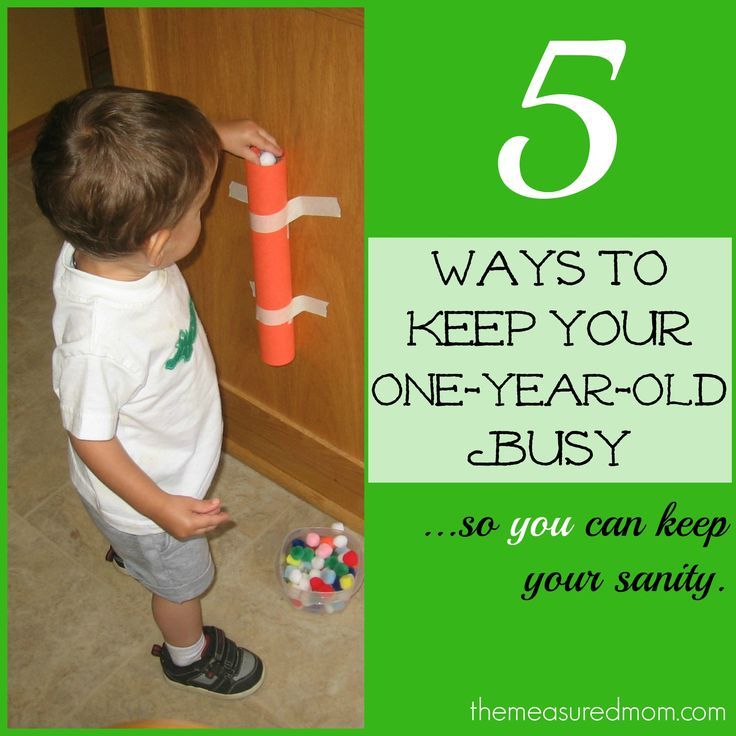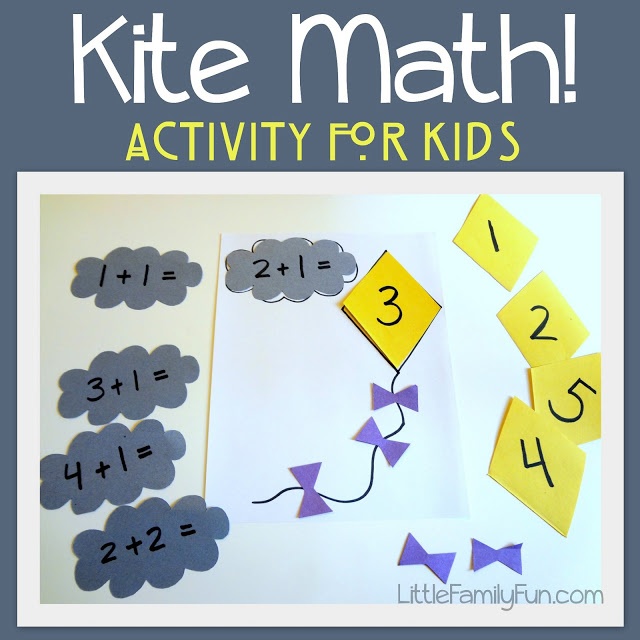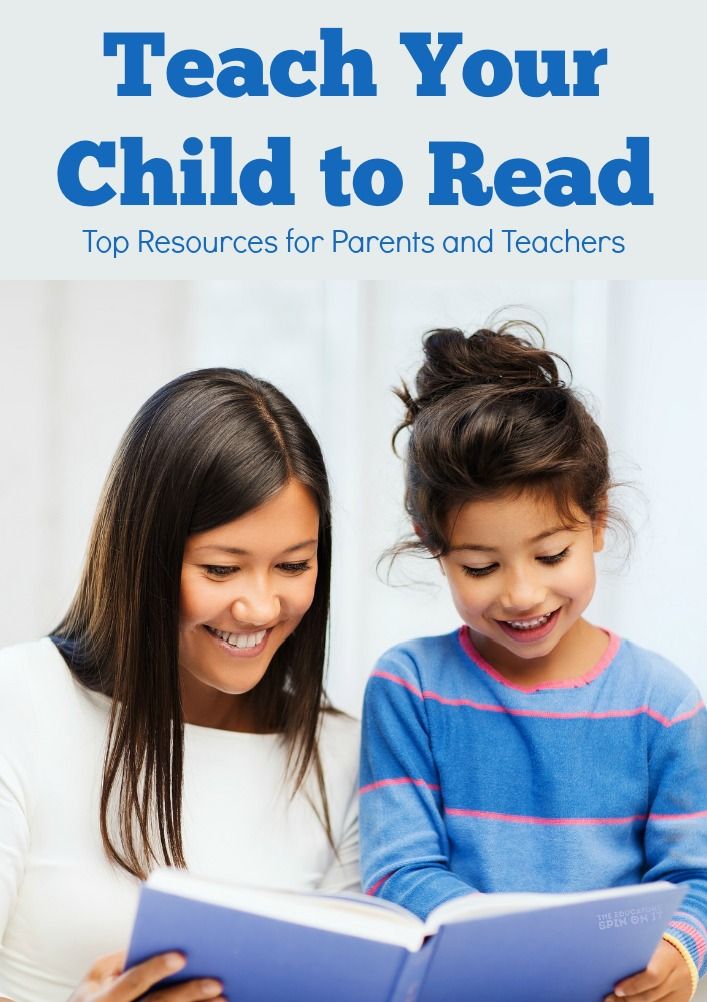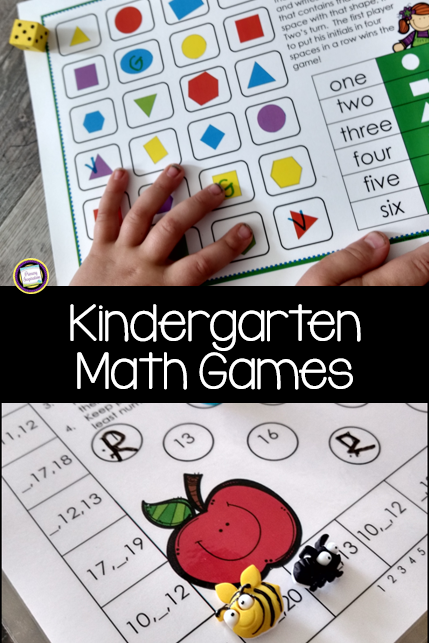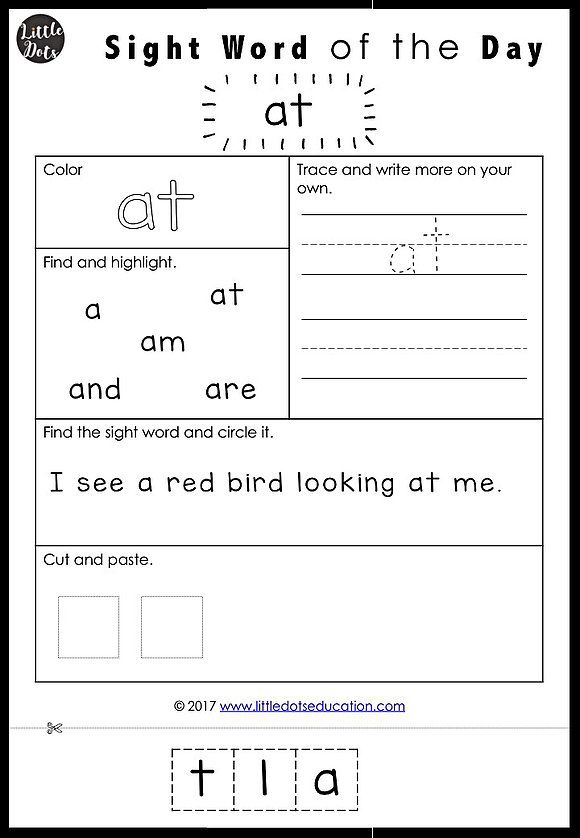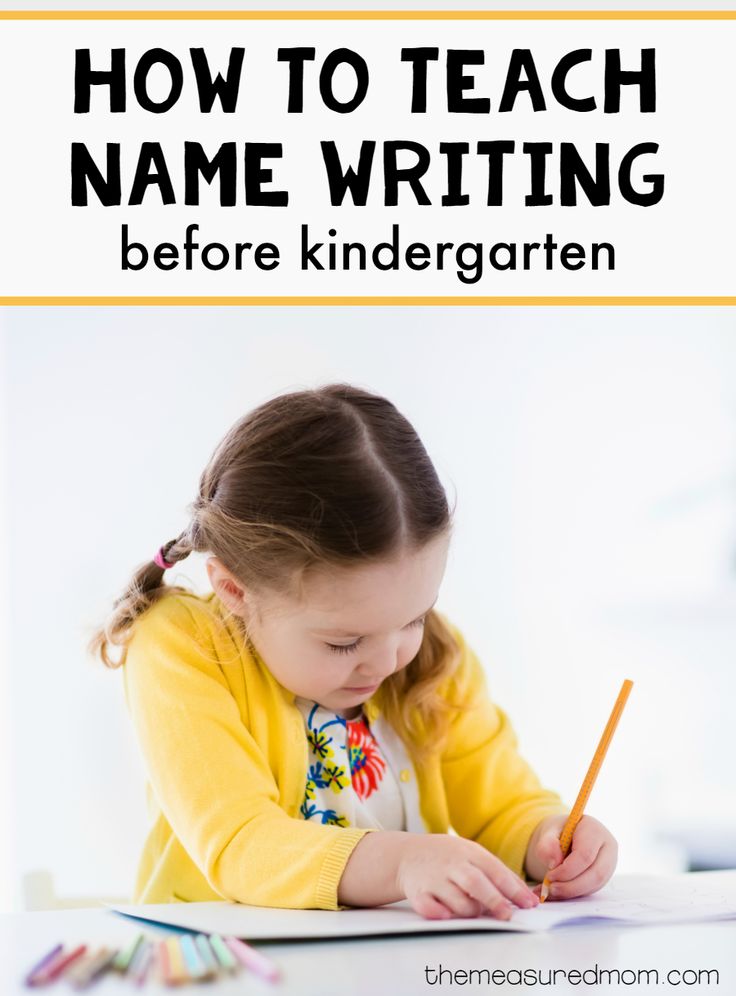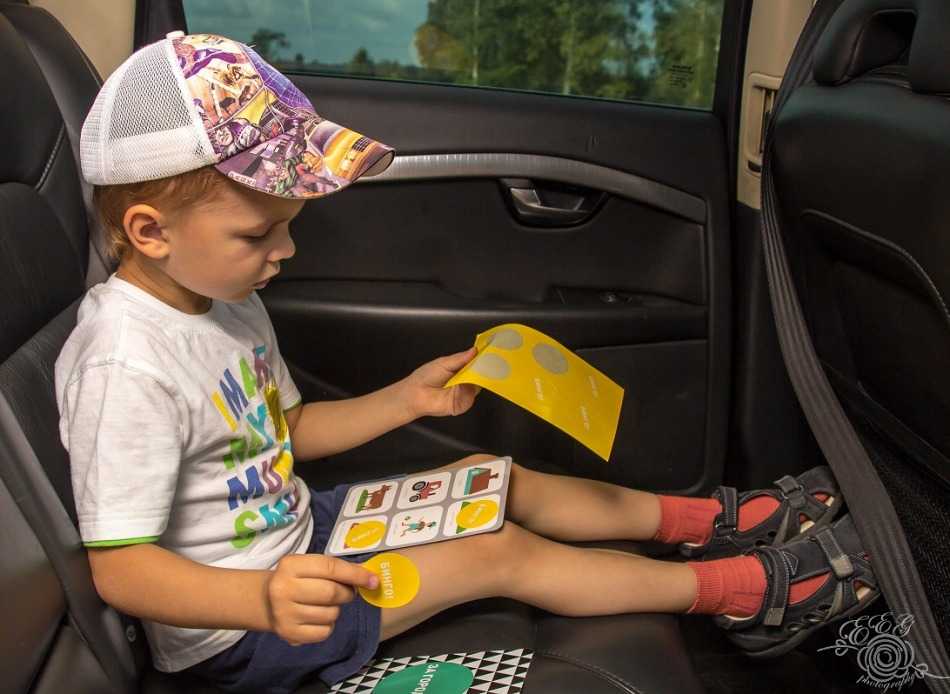Early reader words
The Perfect Sight Word List For Beginner Readers.
Children in their first years at school, who learn the sight word list below, will have an excellent start to reading and writing.
Initially this process takes time, often months. That's why teachers introduce lists like this to children, gradually, when they first start school. But it doesn't hurt them to recognise a few words before then, if they are ready to learn them.
Sight Word List
The list of sight words below is broken into groups. Each group consists of 10 words.
There are several lists available for teachers to use. But they are virtually identical as they are composed of words children most frequently use.
The list below covers 80 of the first sight words your child will need to know.
The trick is to ensure your child recognises the words in one group before starting another. But as I mentioned before, this doesn't happen immediately. So don't feel you need to put pressure on your child or you'll switch off their desire to learn. If you're helping them at home, keep it light.
At the end of this article I will explain how you can gently introduce some of these words to your child so they learn them without pressure.
Don't be concerned if your child finds the list below too difficult at this stage. They may only manage the first group of words. Or they may not be ready for them at all. If that's the case, wait for their teacher to guide you.
|
|
|
|
More About Sight Words
Your child needs to learn these word by sight rather than decode them.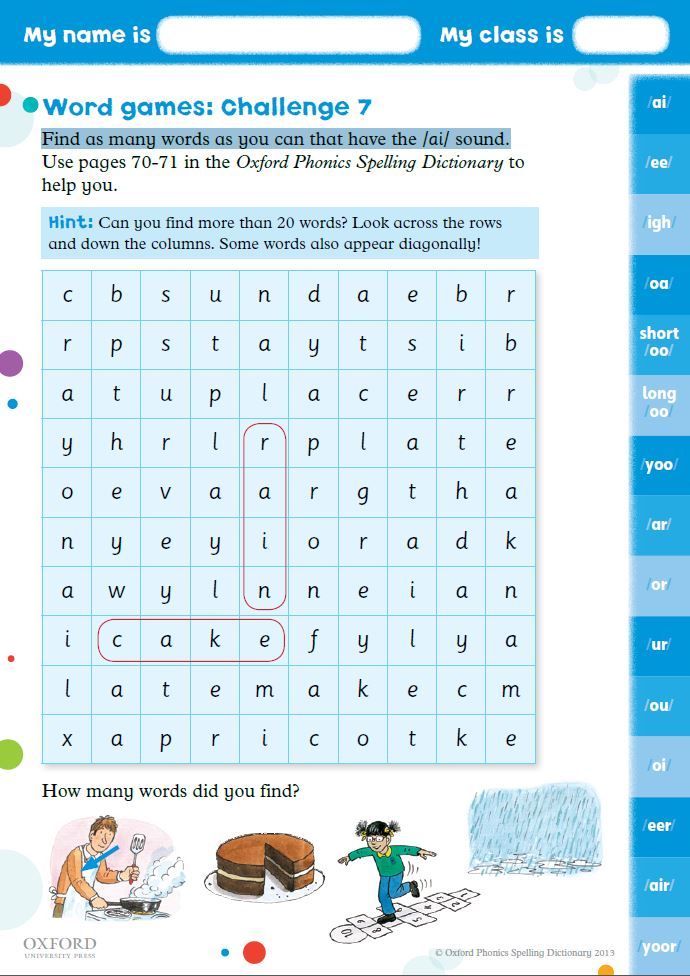 That means they may need to see them many, many times in order to memorise them.
That means they may need to see them many, many times in order to memorise them.
You may be asking yourself about now
- what exactly is a sight word?
- why are they so important in reading?
- how do you know what is a sight word and when do you sound out a word?
If you want to know more, click on my article What Are Sight Words? There you'll get answers you need. At the same time you'll see how it's affected an adult student of mine who hasn't ever known them!
Introducing Them To Your Child
Here's a great way to introduce sight words.
- Print off two copies of the sight word list.
- Cut two copies of the group One words starting the word 'I'.
- Cut each of the words individually.
- Place one set of the words in front of your child. You keep the other.
- Hold up one of the words
- Read it to your child and ask them to find the matching word. (They will study the shape of the letters and hear the word associated with them.
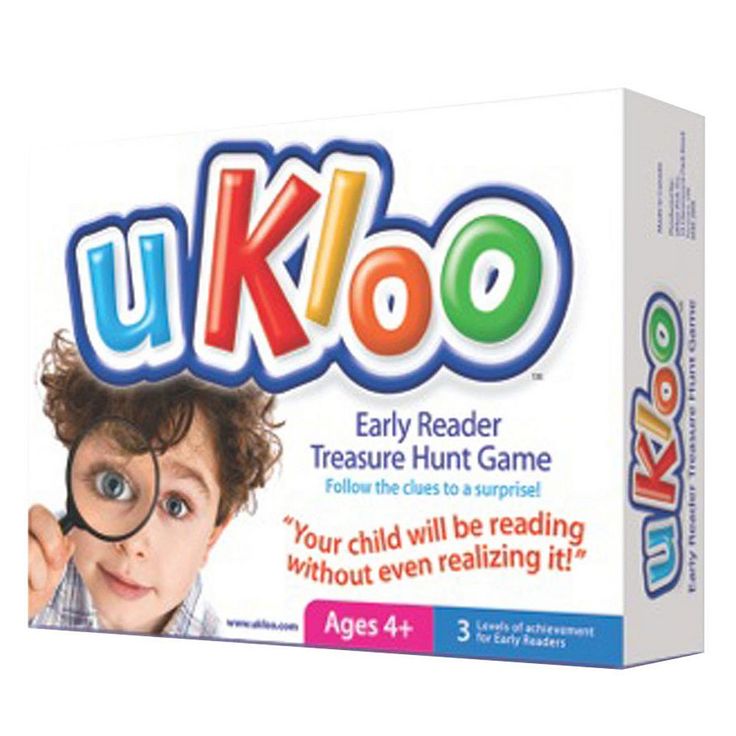 )
) - When they find the matching word, repeat the word. Say: "Yes, that word says ...... Can you tell me what the word says?" (This reinforces and matches in their brain the visual appearance of the word with how the word sounds.)
Play this game often and you'll find your child will become increasingly comfortable with these words. Gradually they will memorise them. They will then build up an invaluable bank of everyday words for reading and writing.
If you are struggling to engage your child, click on my phonics games page. There you'll find out how important it is to make learning fun. Plus great activities you can do at home to breathe life into learning literacy skills.
Go From Sight Word List To Literacy Lessons
Go To Phonics Literacy Homepage
How to Write a Children's Early Reader — Mary Kole Editorial | Book Editor | Editing Services Editing Services
This article is all about how to write a children’s early reader, including advice on early reader age group, early reader word count, early reader page count, how to write an early reader query letter, and how to find early reader literary agents and publishers.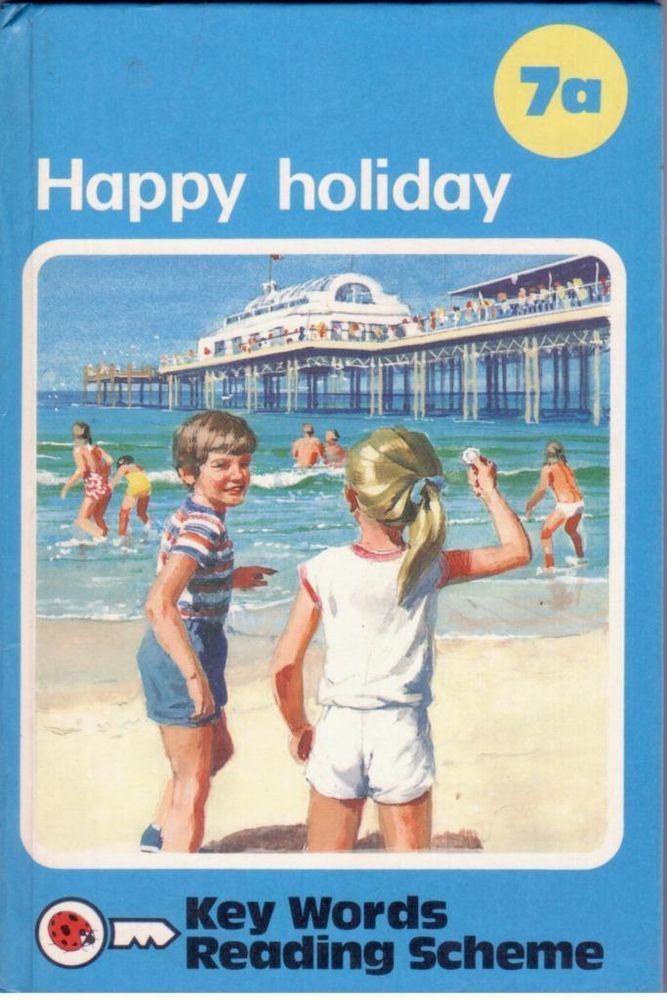
Writing early reader books is a calling for some creators, but this can be a tricky market. The wrong reason to write books for early readers is that you have a picture book that’s too long. Writing early reader books is actually a very specific skill set, as you are targeting very minute levels of reading experience. Since these books target readers who are just starting to read independently (hence the name of this category), the vocabulary level is actually simpler than is expected of most picture books, which are read by adults. Sentences and storylines are shorter and easier to follow.
Most books for early readers are broken into several sub-categories (this varies by publisher) that are based on reading levels like the Lexile score. While you don’t have to be 100% accurate to these levels when writing early reader books, you do have to pay attention to them like you wouldn’t in other children’s book categories. Some publishers will also have lists of words and vocabulary levels that they want you to use. Nowhere else do they dictate a writer’s choices like this.
Nowhere else do they dictate a writer’s choices like this.
I don’t recommend that beginning or even most experienced writers start out writing early readers. The biggest issue is market, which is discussed below, and in this blog post.
Smart children’s book writers know that children’s book publishing is very segmented by category, age, and reading level. Nowhere is that more true than in the early reader book market. The general early reader books age group is ages 4 to 6, so on the upper range of picture books. But reading skill and aptitude varies by child, so here you do start to see some segmentation of the market. Some five-year-olds breeze through these books and demand a challenge, while other kids at the top of the early reader books age group are just starting out reading.
When it comes to early reader word count, you can have as few as 300 words, and as many as 1,200. By and large, early chapter books top out at 1,500 words. But this is not an excuse to get wordy, or to try and pitch your picture book that’s currently too long.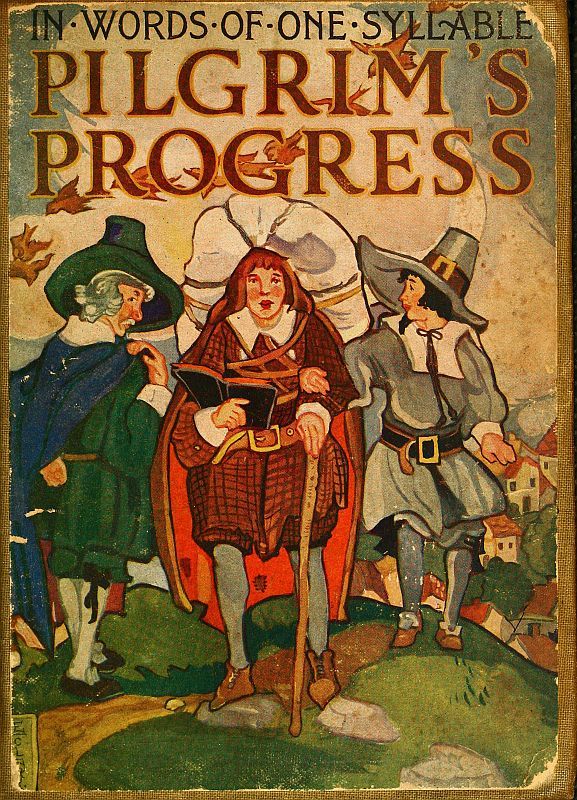 Early readers have a lot of their own considerations, and early reader word count is just one of them. Vocabulary level, sentence length, and complexity of storytelling all tie into the various reading levels that publishers offer.
Early readers have a lot of their own considerations, and early reader word count is just one of them. Vocabulary level, sentence length, and complexity of storytelling all tie into the various reading levels that publishers offer.
Early reader book length doesn’t need to be a mystery. For the most part, the younger early reader page count is set to 32, just like the standard picture book word count. This early reader page count can go up to 48 or even 64 pages as the reader level and text length increase. Keep in mind that early readers are published in a different format and trim size than picture books, so text placement and amount on the page can be different. For the most part, this means an early reader word count is longer than a picture book word count, but sometimes it’s shorter.
Early readers are tough for writers to break into because a lot of them are developed in-house by early reader publishers. For example, a publisher will have a license to a popular property, and they’ll issue a series of early readers for, say, Dora the Explorer.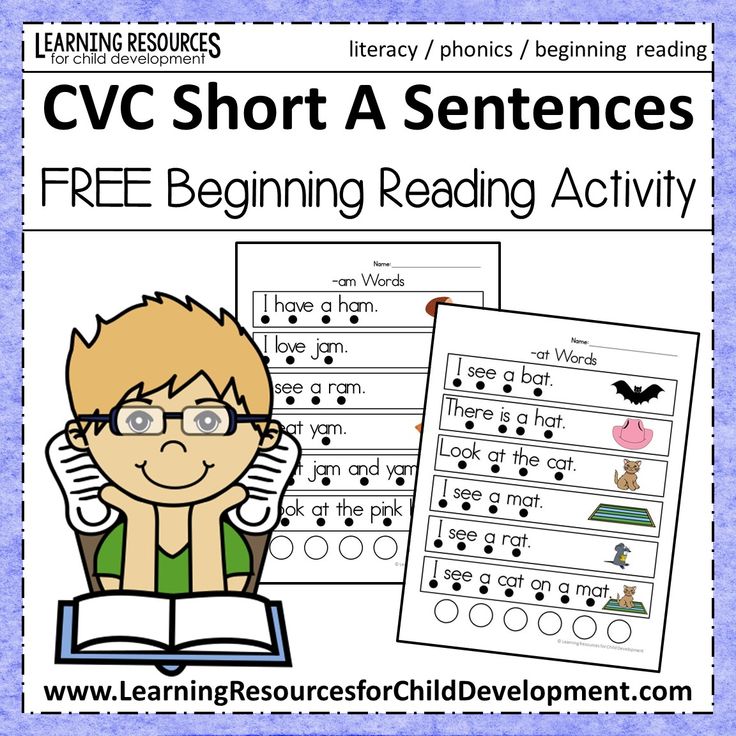 They are usually written by editors, interns, or writers-for-hire. There isn’t a lot of original content being purchased outside of these series. Early readers have a low price point, and their spines are so narrow that it’s hard for a standalone book to stand out on bookstore or library shelves. At the same time, early reader publishers are reluctant to go “all in” on a series by a debut creator. To really get work writing early readers, writers usually form connections with a publisher in other ways (such as selling a picture book or novel) and then get hired to write an existing series. Or they’re connected to a publisher in need by their literary agent. You’ll notice that there are few early reader literary agents out there. Still, if you’d like to try your hand at publishing an early reader, or writing an early reader query letter, you can always pitch your idea around. You can learn more about the book submission process here.
They are usually written by editors, interns, or writers-for-hire. There isn’t a lot of original content being purchased outside of these series. Early readers have a low price point, and their spines are so narrow that it’s hard for a standalone book to stand out on bookstore or library shelves. At the same time, early reader publishers are reluctant to go “all in” on a series by a debut creator. To really get work writing early readers, writers usually form connections with a publisher in other ways (such as selling a picture book or novel) and then get hired to write an existing series. Or they’re connected to a publisher in need by their literary agent. You’ll notice that there are few early reader literary agents out there. Still, if you’d like to try your hand at publishing an early reader, or writing an early reader query letter, you can always pitch your idea around. You can learn more about the book submission process here.
Now you know more about how to write a children’s early reader.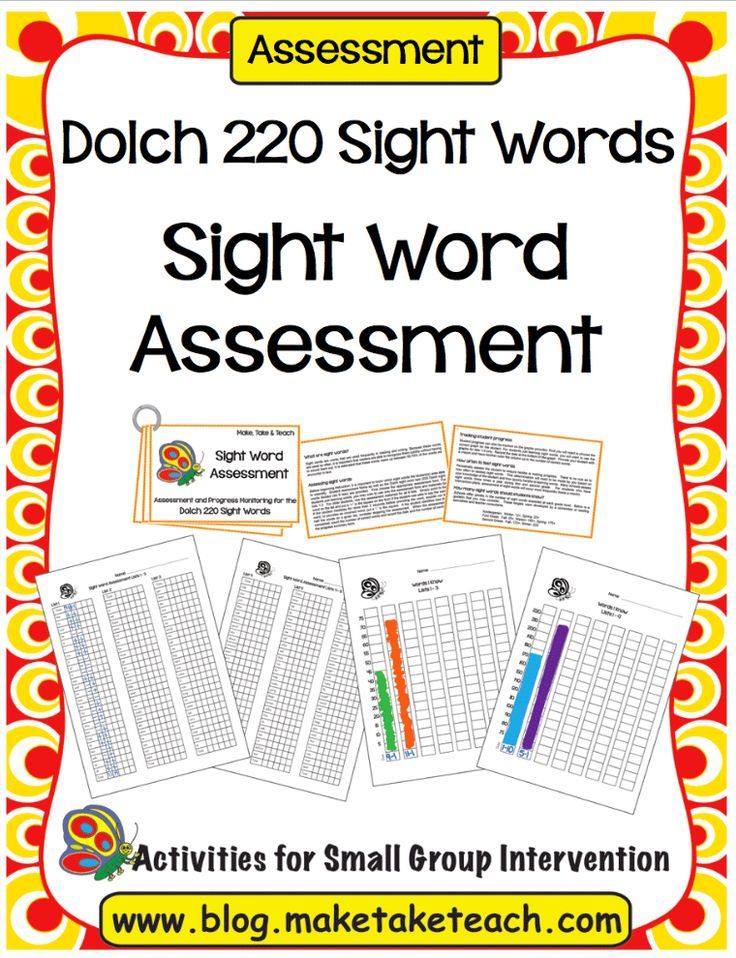 It always helps to have an extra set of eyes on your manuscript, ideally with extensive experience in the early reader market. Check out further resources on how to find an editor, and get insight into editorial service rates.
It always helps to have an extra set of eyes on your manuscript, ideally with extensive experience in the early reader market. Check out further resources on how to find an editor, and get insight into editorial service rates.
Please don’t hesitate to check out my writing craft book or reach out for editorial services via the contact form, below.
Click here to purchase Writing Irresistible Kidlit, my book on fiction craft for MG and YA novels, out from Writer's Digest Books. This will show you my writing craft philosophy and give you lots of valuable advice, including tips for the novel revision process and self-editing. There are over 35 example novels cited and discussed throughout. It’s a valuable resource for any writer’s toolkit.
It genuinely feels like you’ve handed me a golden compass so I can trek off in the right direction now to ultimately find buried treasure.— KendraI’m so excited to not be wandering around aimlessly on this story any more. I can move forward on it now with confidence.
A reader from the cradle: from the experience of the Kursk Regional Library for Children and Youth in introducing reading to young children and their parents
Chelnokova L.I. preschool service department
and students in grades 1-4. Kursk OBDU
In ancient times, there was a wonderful tradition of family reading. Unfortunately, in our time it is no longer customary to gather around a book in the evenings, and then discuss it for a long time. It's a pity!
Fortunately, most modern parents tend to be interested in the development of their child. Even before the start of school, children attend all kinds of circles and developmental groups. But even such mothers and fathers often “forget” about the library and remember it only when the child enters school.
Meanwhile, everyone knows that it is reading that lays the foundation for the intellectual development of a child. The knowledge that he receives from books is the basis for subsequent successful studies and careers, so work on introducing the child to reading should be started as early as possible.
In this regard, in 2010 we developed the project “I was born, I am a reader” to work with children from birth to 3 years, the implementation of which was designed for the period up to 2014. It is gratifying to note that the project was supported by the Committee for Culture of the Kursk Region and organically entered the regional target program "Improving the demographic situation in the Kursk region for 2011-2014". This provided funding for the main positions of the project, which were aimed at modernizing the processes of serving this category of readers.
The creation of the project is aimed at: introducing young children to reading; emotional development of kids with the help of a book; information support for future parents; the formation of a culture of maternal reading; ensuring the gradual social maturation of children.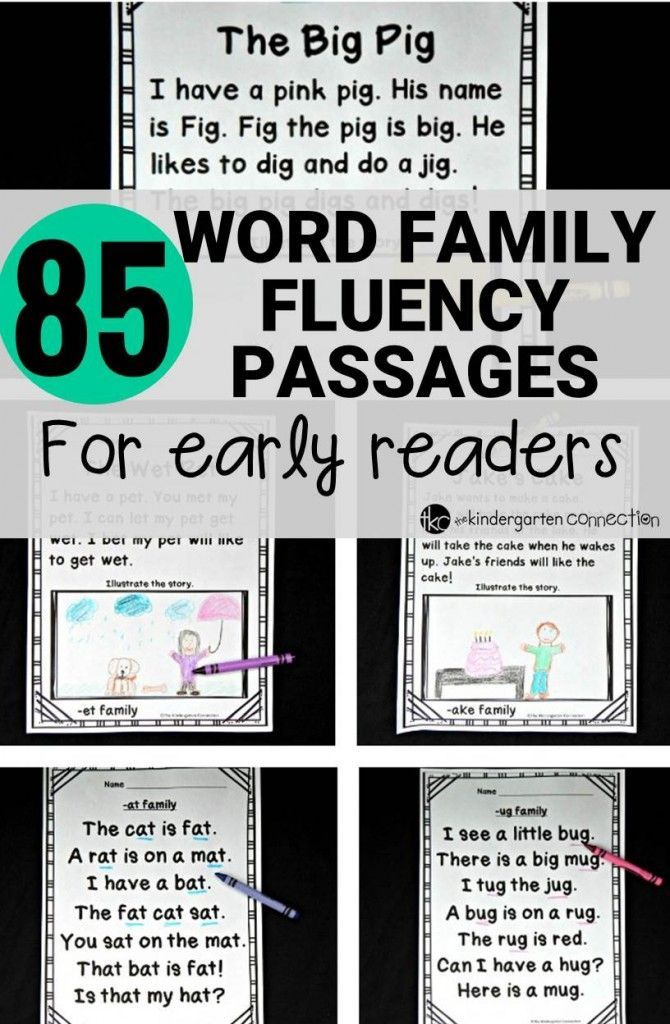 Its implementation, ultimately, should influence the revival of family reading traditions, teaching parents how to work creatively with a book, restoring a deep emotional and spiritual connection between parents and children through a book.
Its implementation, ultimately, should influence the revival of family reading traditions, teaching parents how to work creatively with a book, restoring a deep emotional and spiritual connection between parents and children through a book.
The project participants were children from 0 to 3 years old and their parents, as well as future mothers and fathers.
Partners: Center for Diagnostics and Counseling "Harmony" (City Psychological Center), Kursk Theological Seminary, Kursk State University, preschool educational institutions, antenatal clinics.
"I was born, I am a reader" project contains 4 blocks:
"Waiting for a miracle";
"Baby";
- "Plants";
"Baby".
The block "Waiting for a miracle" involves, first of all, information support for expectant mothers. Doctors, psychologists say: it is necessary and important to communicate with the child already during pregnancy. And not just talk, but read fairy tales to him, sing lullabies .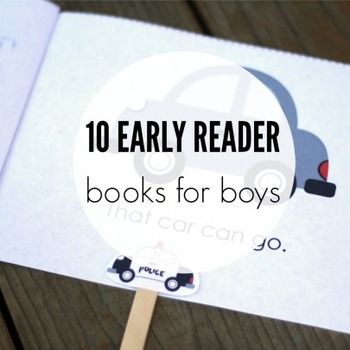 .. That is why the library specialists established close relations with the antenatal clinic No. 2 in Kursk, where the “School of a Young Mother” operates. For visitors to this school, 2 hours of information, presentations, reviews of periodicals are held 2 times a month, recommendatory lists of literature and memos are published, for example, “Polyagushechki, rasushechki”, “This magic word is a game”, “About squirrels, rabbits and funny cubs” , "Your child's first book", "Read for yourself, read with us", and other events. All of them, of course, provide information about literary sources on the upbringing and early development of the child. The card file "Mom's School" is also in special demand.
.. That is why the library specialists established close relations with the antenatal clinic No. 2 in Kursk, where the “School of a Young Mother” operates. For visitors to this school, 2 hours of information, presentations, reviews of periodicals are held 2 times a month, recommendatory lists of literature and memos are published, for example, “Polyagushechki, rasushechki”, “This magic word is a game”, “About squirrels, rabbits and funny cubs” , "Your child's first book", "Read for yourself, read with us", and other events. All of them, of course, provide information about literary sources on the upbringing and early development of the child. The card file "Mom's School" is also in special demand.
Expectant mothers are well received by such a form of work as conversations: “Waiting for a baby” (about motherhood, about the role of communication in the development of a small person), “Mom’s song” (about lullabies, nursery rhymes, jokes through which the baby learns the world around and which are not so much fun for him as the most important means of learning), “Why is it important to read and sing to a child even before birth?”, “We are not given names by chance” (how to choose a name for an unborn child), etc.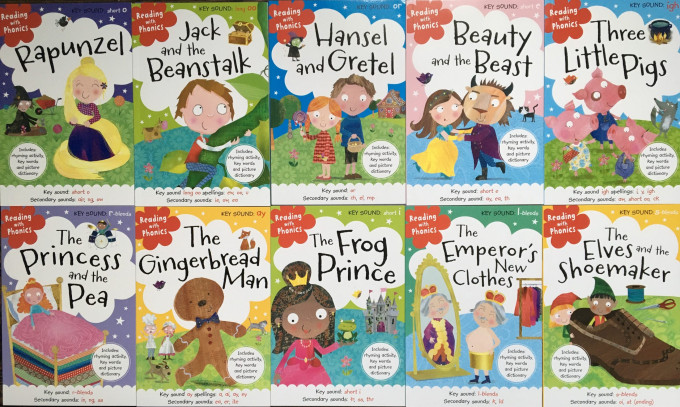 During the conversations, they are given advice on the use of literary works and periodicals (the library subscribes to magazines for parents: "My child", "Happy mother", "Mom's school", "Happy parents", "Mom, it's me!", "Baby") in a specific period of life little man: when he learns to take objects, talk, walk, etc.
During the conversations, they are given advice on the use of literary works and periodicals (the library subscribes to magazines for parents: "My child", "Happy mother", "Mom's school", "Happy parents", "Mom, it's me!", "Baby") in a specific period of life little man: when he learns to take objects, talk, walk, etc.
"Baby" block covers the period of a child's development from birth to 1 year. It provides for the organization of the library space, which includes the allocation of thematic zones, taking into account the goals and objectives of the block. Library specialists give recommendations on the choice of books for reading to children of this age and organize meetings of specialists in the development and upbringing of children from birth to 1 year old with parents.
The "Rastishka" block is designed for children from 1 to 2 years old and their parents, also includes the organization of the library space, the allocation of thematic zones and a set of library and bibliographic events to foster a culture of reading fathers and mothers, informational conversations with them to help to encourage children of this age group to read.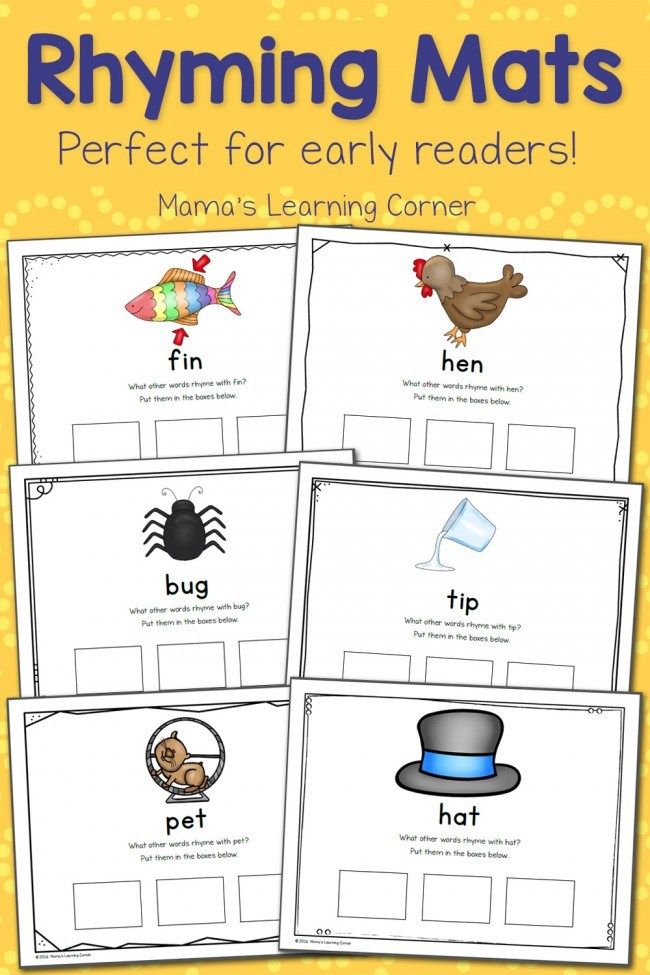 Indeed, by the age of two, children are talented researchers of the word, they repeat their favorite lines with pleasure and easily remember them. And, of course, all library events held for children of this age are aimed at instilling interest and love for the book.
Indeed, by the age of two, children are talented researchers of the word, they repeat their favorite lines with pleasure and easily remember them. And, of course, all library events held for children of this age are aimed at instilling interest and love for the book.
The next stage of the project - "Baby" includes the same set of activities as "Rastishka", but aimed at introducing children to reading from 2 to 3 years old and provides for work not only with parents, but also with children.
Library specialists (and the project is implemented on the basis of the Preschool and 1-4 grades service department) work closely with kindergartens, covering kindergarten children and their parents with their services. Conversations for parents: "The first steps of your child to the book", "The role of the book in the development of the cognitive activity of the child" and excursions "Our Book House" introduce the library resource to help raise children.
As a rule, many children of this age are already readers of the library, and parents come to get books with them.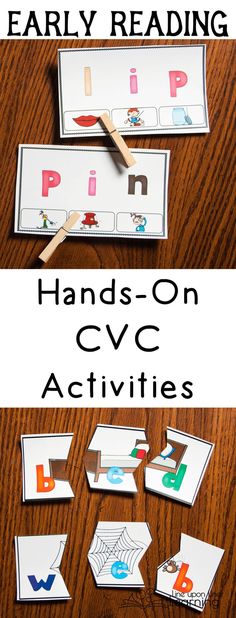 In the library, the child meets with a new environment for him: shelves, reading tables, many books, unfamiliar adults ... Surely, thoughts may arise in his head: are these aunts kind? Will they see what I am?
In the library, the child meets with a new environment for him: shelves, reading tables, many books, unfamiliar adults ... Surely, thoughts may arise in his head: are these aunts kind? Will they see what I am?
And the employees of the department, in turn, ask questions: how to make friends with these little kids?
Therefore, at each meeting with the kids, we try to find some individual approaches to them: several times we call the child by name, in a playful way, we ask you to get to know the hero of the book - give your name, we are extremely attentive and glad to each family member who brought the child to library.
As for the organization of the library space - separate areas for kids and their parents - here you have to fantasize a lot, use elements of creativity, for example, the "Fairytale Glade", on which the Engine from Romashkovo and the fabulous Caterpillars "bring" wonderful books to the kids: books -toys, typewriter books, talking and singing books (the department has a large fund of such books).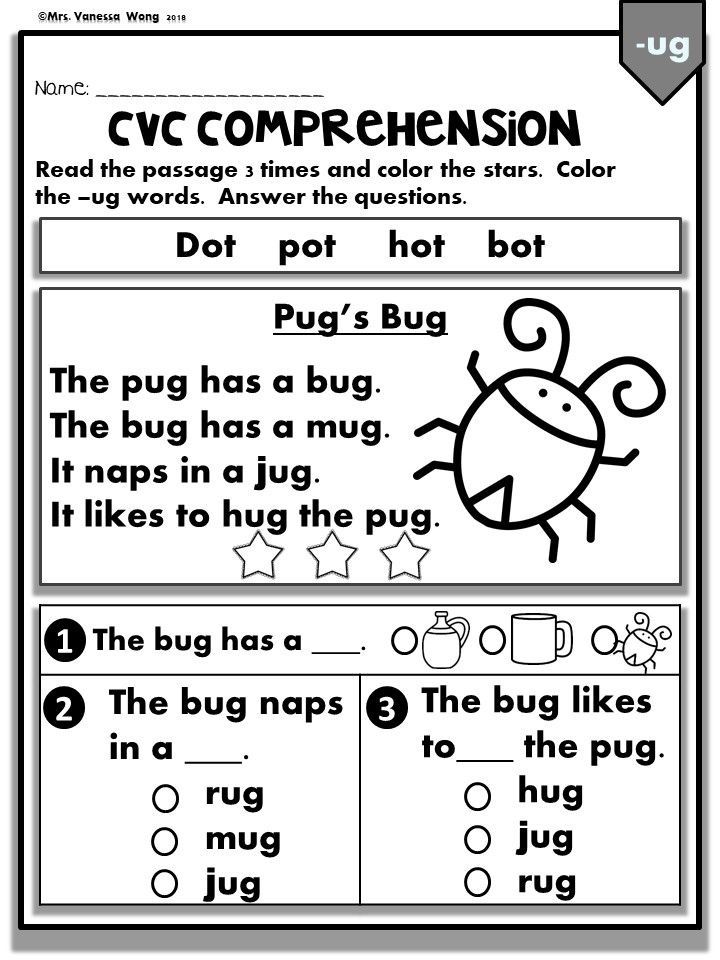 I am glad that thanks to the project “I was born, I am a reader”, the service department turns into a real fairy tale: here, each child can sit under a birch at a children’s table and look through their favorite book, you can relax on a fabulously beautiful sofa, swing on a pony rocking chair or on fold puzzles on a rug, play educational games (there are also enough of them in the fund).
I am glad that thanks to the project “I was born, I am a reader”, the service department turns into a real fairy tale: here, each child can sit under a birch at a children’s table and look through their favorite book, you can relax on a fabulously beautiful sofa, swing on a pony rocking chair or on fold puzzles on a rug, play educational games (there are also enough of them in the fund).
To help parents, a corner “Together with a book we grow up” was organized, which hosts a book and illustrative exhibition “In the family circle” (with sections: “Reading is a family affair”, “About squirrels, hares and funny cubs”, “Pulls, little girls”, “Whose poems we know from childhood”) and an exhibition of family art works “It’s fun to create together”; thematic shelves are allocated: “The Art of Being Parents”, “Reading with Children”, “Sculpting, Cutting, Drawing”, “Journey Through the Pages of Magazines” (magazines for parents).
After two years of work on the project, it became necessary to organize the Rastishka Weekend Club, which would expand the age limits of children up to 5-6 years old.
The first meeting of the Club for Young Readers took place in April 2012. Children (from 2 years old) who came to it with their parents were offered the educational and game program "The House in which Books Live!" He turned
to parents with a good call and good advice to read good literature.
Due to the reluctance of the children to leave after the event (and some stayed to play even after) and according to the wishes of the parents, “Rastishki” meetings were initially held 2 times a month. The kids liked to meet fairy-tale literary characters, watch theatrical performances with pleasure, solve riddles, participate in various cognitive games, dance in circles ... But then they came to the conclusion that in order to fill the meetings with sufficiently high-quality events, more time is needed for their preparation. Therefore, it was decided to hold such meetings once a month.
Parents in the Club are also not left without attention. While their children are playing, non-children staff members introduce them to literature to help raise children.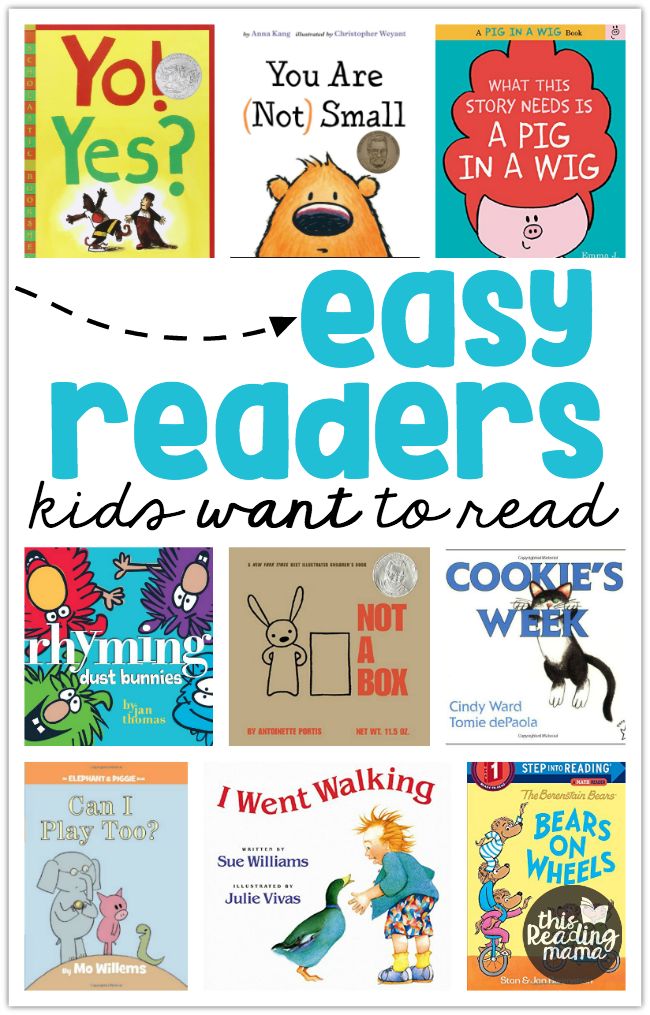 In general, the Club "Rastishka" was to the taste of both kids and parents.
In general, the Club "Rastishka" was to the taste of both kids and parents.
In 2012, we decided to include certain positions of the project in the Summer Readings. Despite the fact that parents read books to children, we still decided to involve them in this event too. May 25 at the holiday "Miracle, whose name is a book!" This Summer Readings was launched. Their program included:
- book exhibition-recommendation "A miracle whose name is a book!";
- loud readings “Read to me…”;
- fairy tale quizzes;
- meetings with a new book;
- educational game programs;
- the game "Let's Grow Book's Miracle Tree".
Special mention should be made of the latter. For the children who took part in the game “Grow a Book Miracle Tree”, a special ticket was developed that they received at the holiday, one of the conditions of which was to receive a small book layout for each book they read and attach it to the Book Miracle Tree. A separate position was indicated for how many library books read and what title a little reader can receive at the end of the game. Reader:
Reader:
10-15 books - "Reader-Baby";
16-20 books - "Young Reader";
21-30 books - "Wonder Reader".
Also, together with their parents, the kids had to complete a creative task on any of the books they read: make a drawing, appliqué, crafts from natural materials or paper, etc. And then there was a holiday “Let there always be a book!” Dedicated to summing up the results of the Summer Readings. The main "manager" - the Scientist Cat - congratulated all those present on the literary holiday and then did not let anyone passively rest. The children played with him, guessed riddles, answered the questions of the quiz "There are many fairy tales in the world." Everyone was presented with gifts, diplomas and honorary titles. And, as an indicator of the effectiveness of a literary event, - unwillingness
children leaving the library, little hands reaching out for a book they like,
children in a good mood…
This is just one of the illustrations of what we are doing as part of the “I was born, I am a reader” project.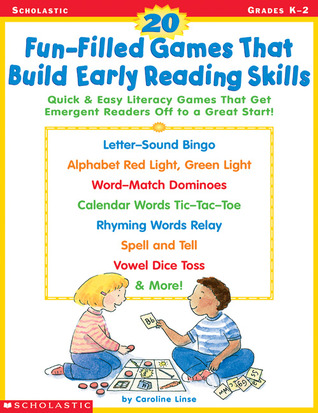 Among other things, the formation of an electronic resource on this topic has begun. Confirmation of this is the pages "Mom's School" and "Playground" on the website of our library.
Among other things, the formation of an electronic resource on this topic has begun. Confirmation of this is the pages "Mom's School" and "Playground" on the website of our library.
If we analyze the work already done to implement the project, we can conclude that the number of readers - preschoolers and parents, incl. and expectant mothers, has increased. In addition, there are cases when expectant mothers, having attended one of the events of the project, return to the library in the status of an already accomplished parent with their notes in notebooks, and already at their request, there is a conversation about the role of books in child development, and at their request necessary consultations are given. Such communication brings both professional and human joy to the library staff and is an important link for further work. And the fact that this work will continue in the future is evidenced by the fact that the project “I was born, I am a reader” in 2015-2017 is being transformed into the project “I grow up and I read”.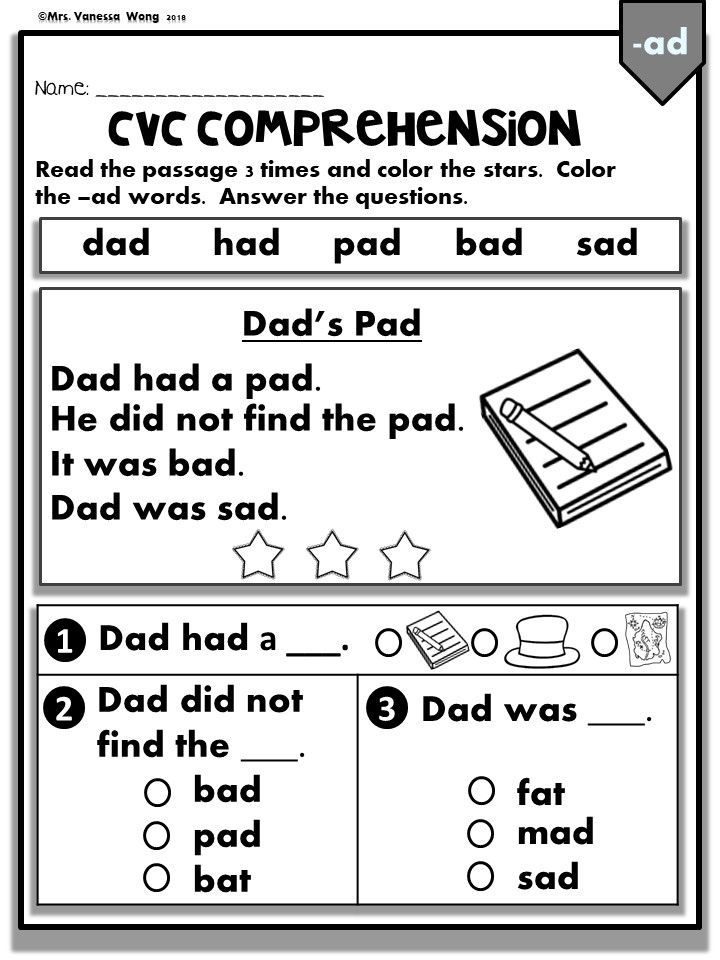 The age limits of the readership in this project will be extended to 6 years. And, what is also important, is that the project involves financing, and this, in addition to the main goal, is also the modernization of the material and technical base, which is also very important.
The age limits of the readership in this project will be extended to 6 years. And, what is also important, is that the project involves financing, and this, in addition to the main goal, is also the modernization of the material and technical base, which is also very important.
5 Key Skills to Master Reading
Teachers and parents today are fortunate to have access to a wealth of evidence-based research on what works in teaching children to read.
Because of this, we know that teaching children to read, their ability to learn and become proficient readers, depends on the five key skills that we bring you today.
From birth
The literacy rate of children begins to develop long before the child goes to school. Even the youngest children can begin to be prepared to successfully learn to read. Research has identified skills that are important for literacy development:
-
knowledge of the sound of letters
-
knowledge of letter names
-
speech sound control
-
remembering what was heard
Childhood
From kindergarten through grade 3, young readers actively develop all five key reading skills, from phonemic awareness to reading comprehension.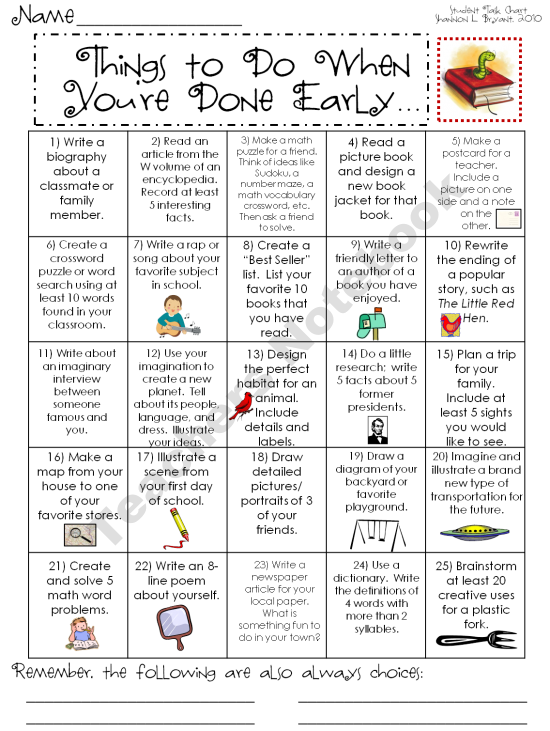 Studies have shown that learning to read during this period requires a certain combination of methods and strategies. Teachers and parents must understand how children learn and must adapt teaching methods to the individual student's abilities.
Studies have shown that learning to read during this period requires a certain combination of methods and strategies. Teachers and parents must understand how children learn and must adapt teaching methods to the individual student's abilities.
This is especially important when it comes to children who have difficulty learning to read.
1. Phonemic perception is the ability to perceive a word as a sequence of phonemes - the smallest units of sound that affect the meaning of words. Phonemes are speech sounds represented by the letters of the alphabet.
2. Phoneme decoding - the ability to identify new words by rebuilding groups of letters back into the sounds they represent, linking them into a word and learning its meaning.
As challenging as reading is, thanks to advances in neuroscience and technology, we can now target key learning centers in the brain and identify areas and neural pathways that the brain uses to read.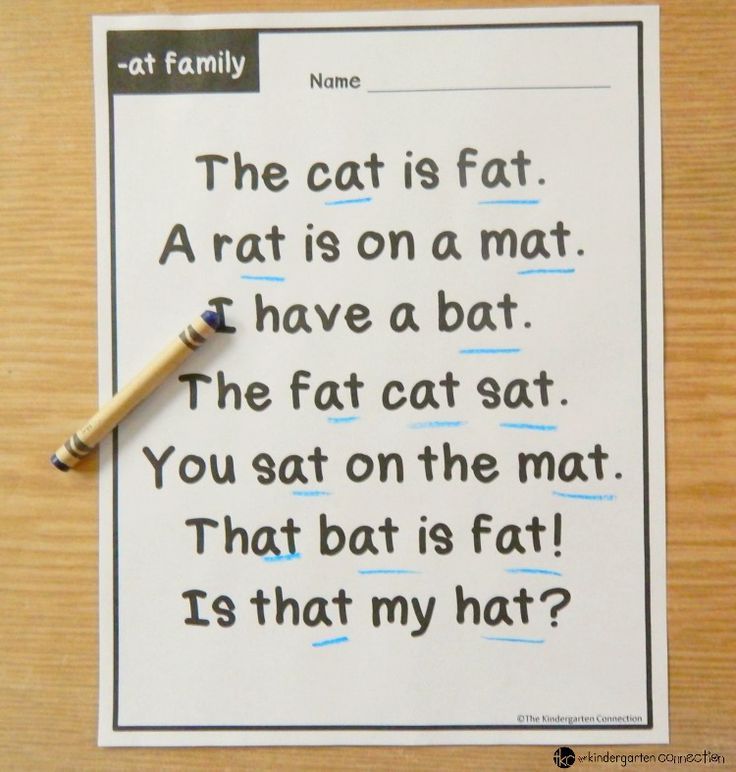 Not only do we understand why experienced readers read well and novice readers struggle with reading, but we can also help any reader on the journey from early language acquisition to reading and reading comprehension - it all happens in the brain.
Not only do we understand why experienced readers read well and novice readers struggle with reading, but we can also help any reader on the journey from early language acquisition to reading and reading comprehension - it all happens in the brain.
Adolescence
Although the child has already mastered the skills of phonemic perception and decoding, reading comprehension difficulties can often arise at this age. In middle and high school, literacy is formed not only in the language sphere, but also in the development of other disciplines.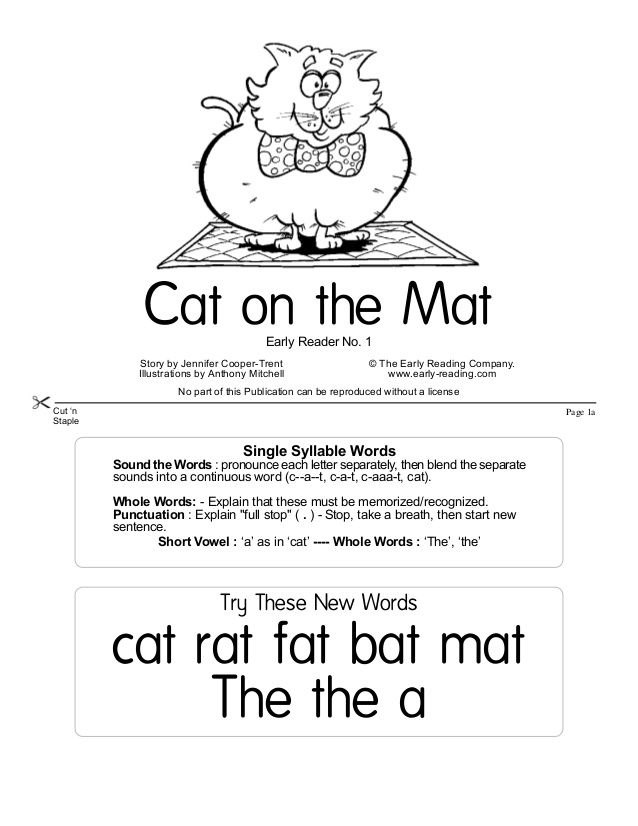 In order to prepare a student for high school, teachers and parents need to focus on developing the three skills necessary for reading: vocabulary, fluent reading, and reading comprehension.
In order to prepare a student for high school, teachers and parents need to focus on developing the three skills necessary for reading: vocabulary, fluent reading, and reading comprehension.
Skills needed to understand the meaning of what is read:
3. Vocabulary - understanding words in a text, including the meaning of words depending on the context.
4. Fluent reading is the ability to read text easily and accurately in such a way that attention is focused on understanding the meaning of what is read, and not on reading technique.
5. Reading comprehension - the ability to analyze the meaning of each part of the text, building an understanding of the whole text, and the ability to reason about its meaning and message.
Retrieved
If your child is having trouble reading, they may need additional help. Created by neuroscientists, the Fast ForWord computer method effectively trains all of the above skills.
